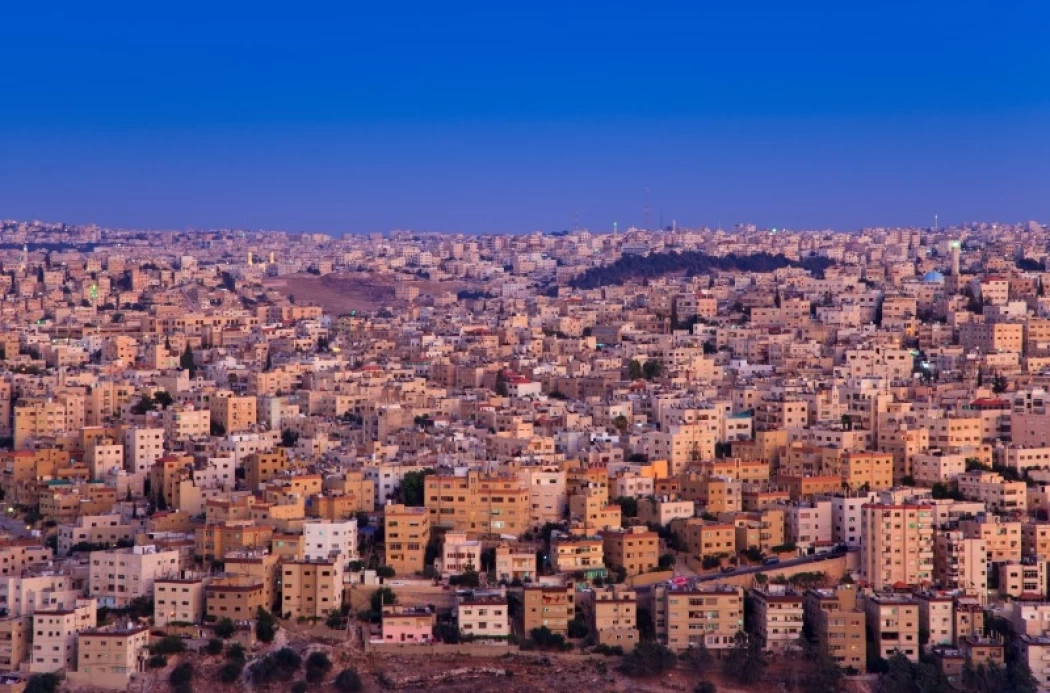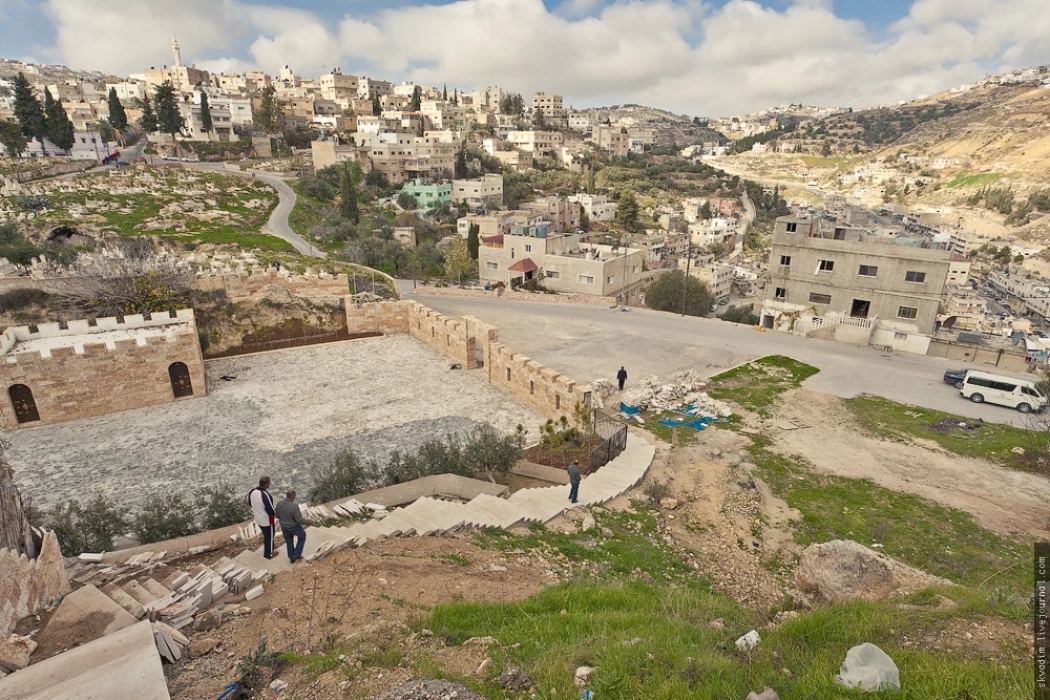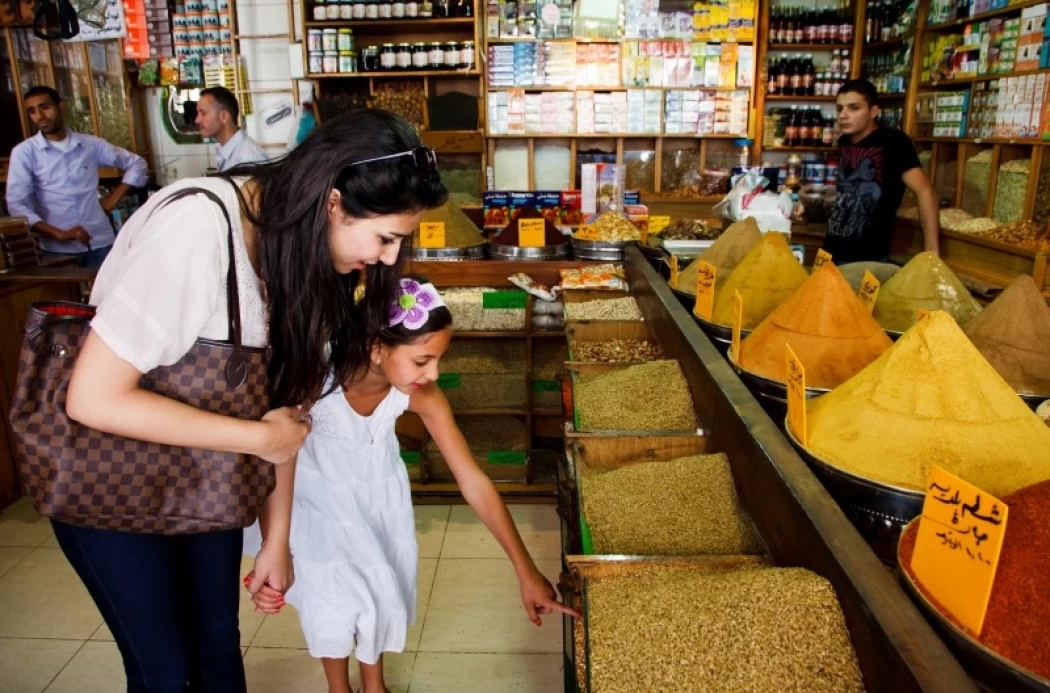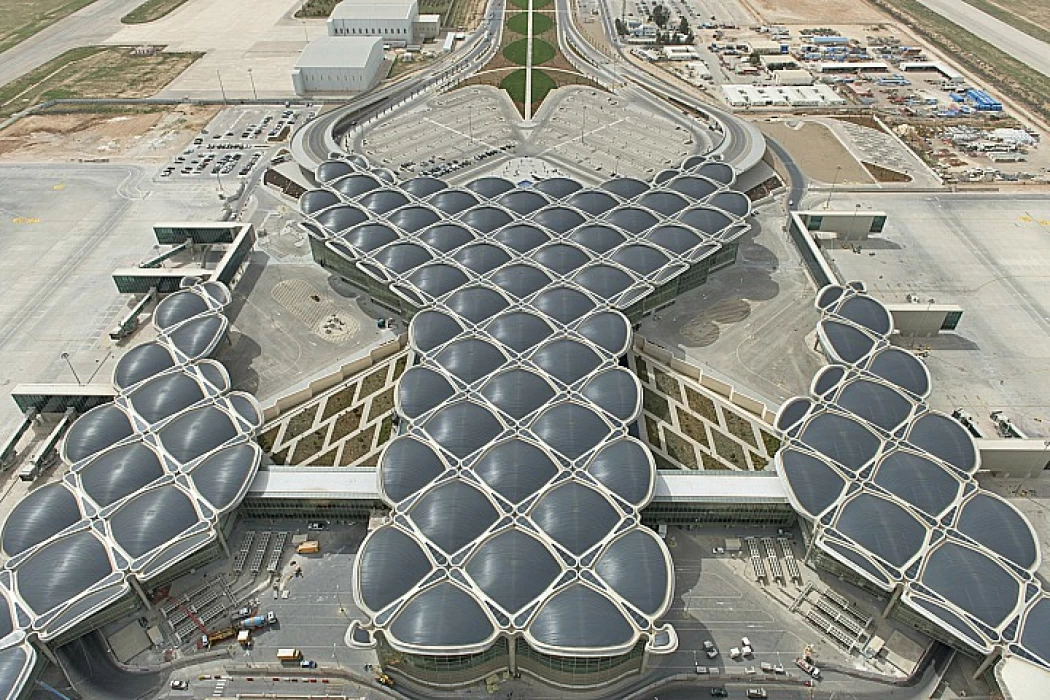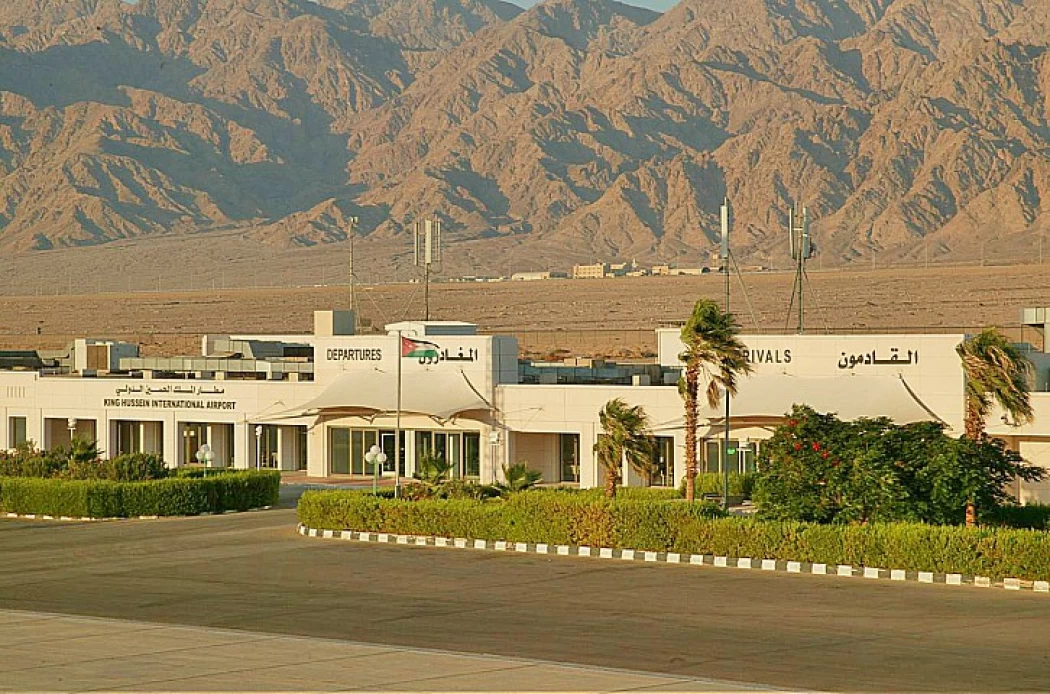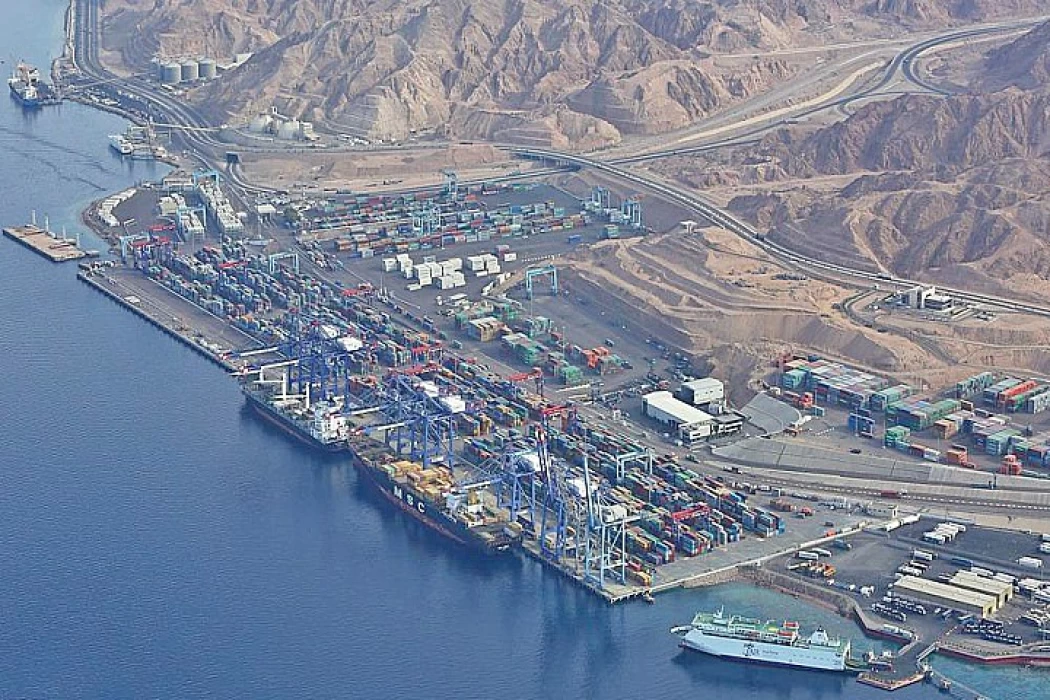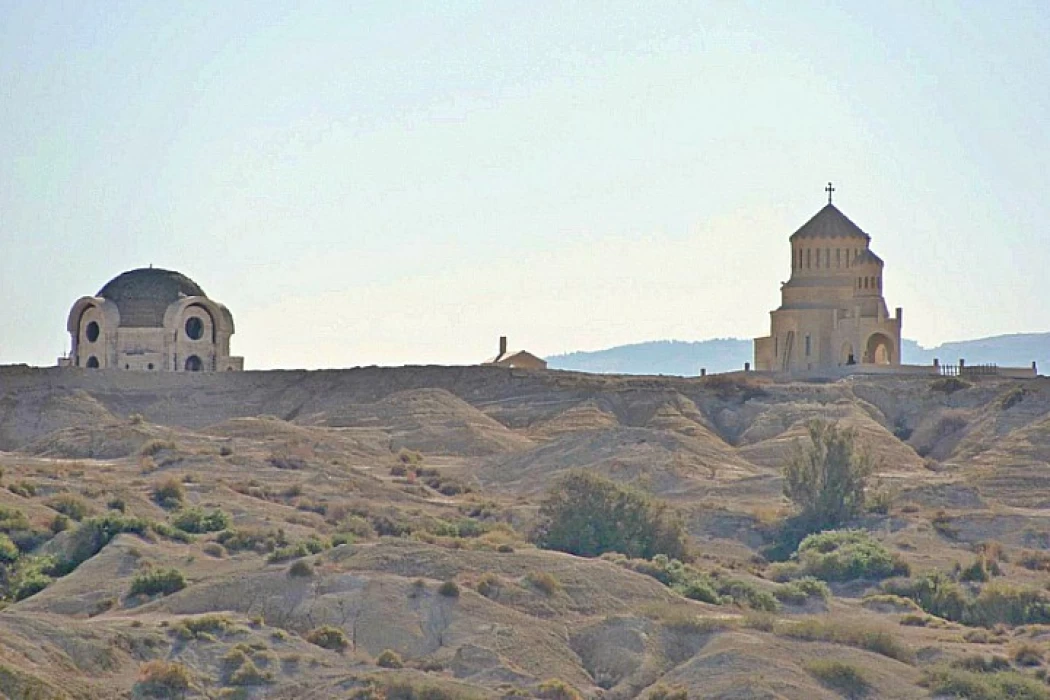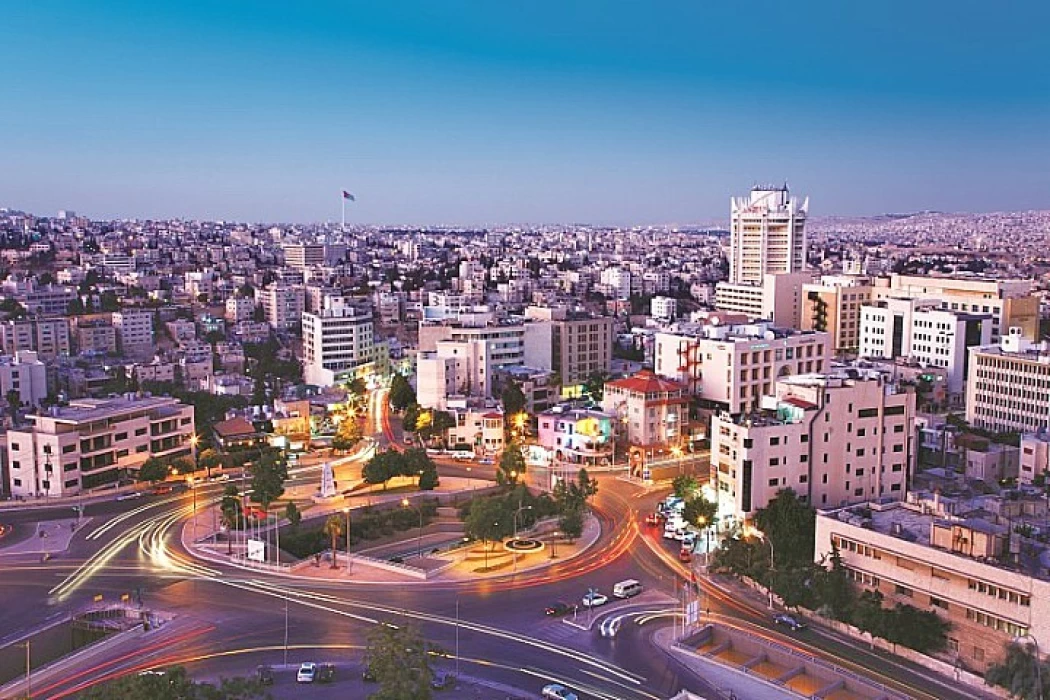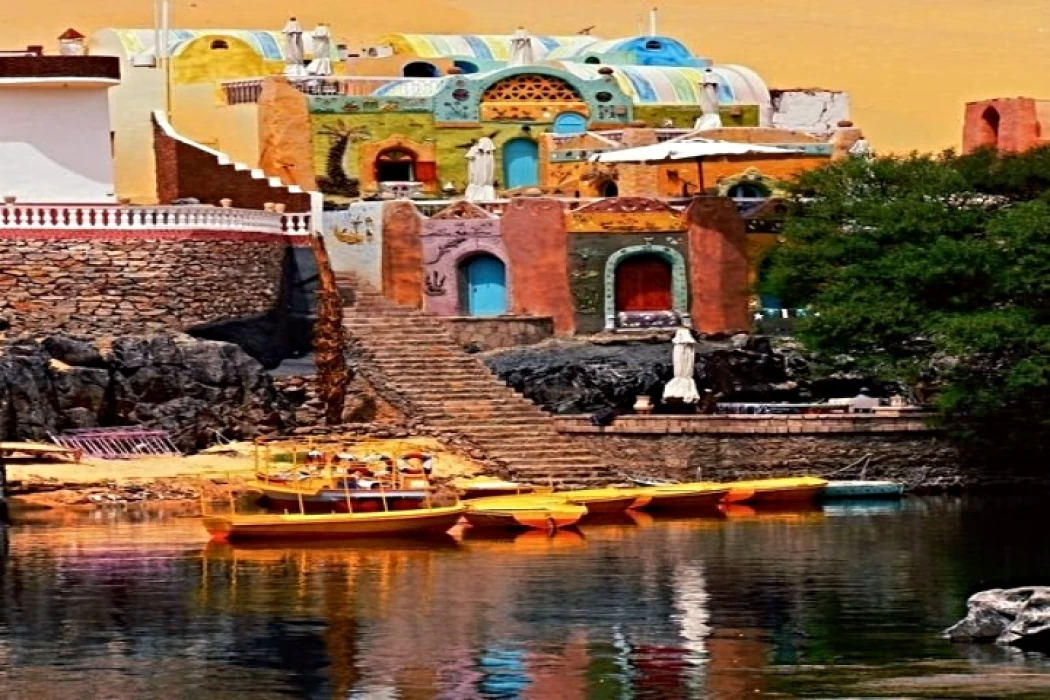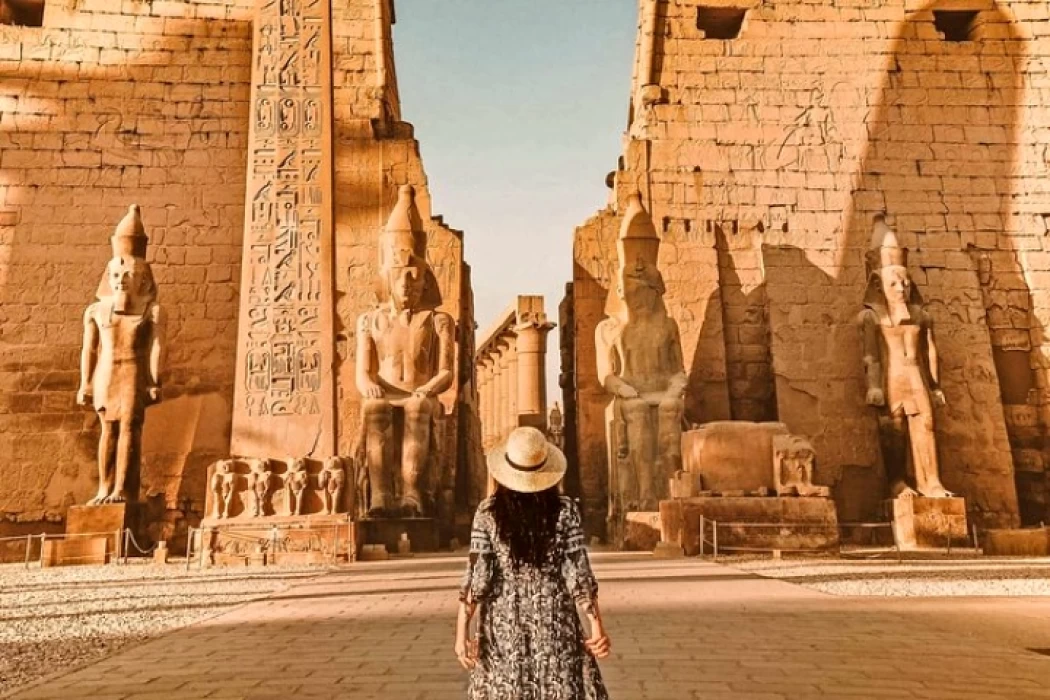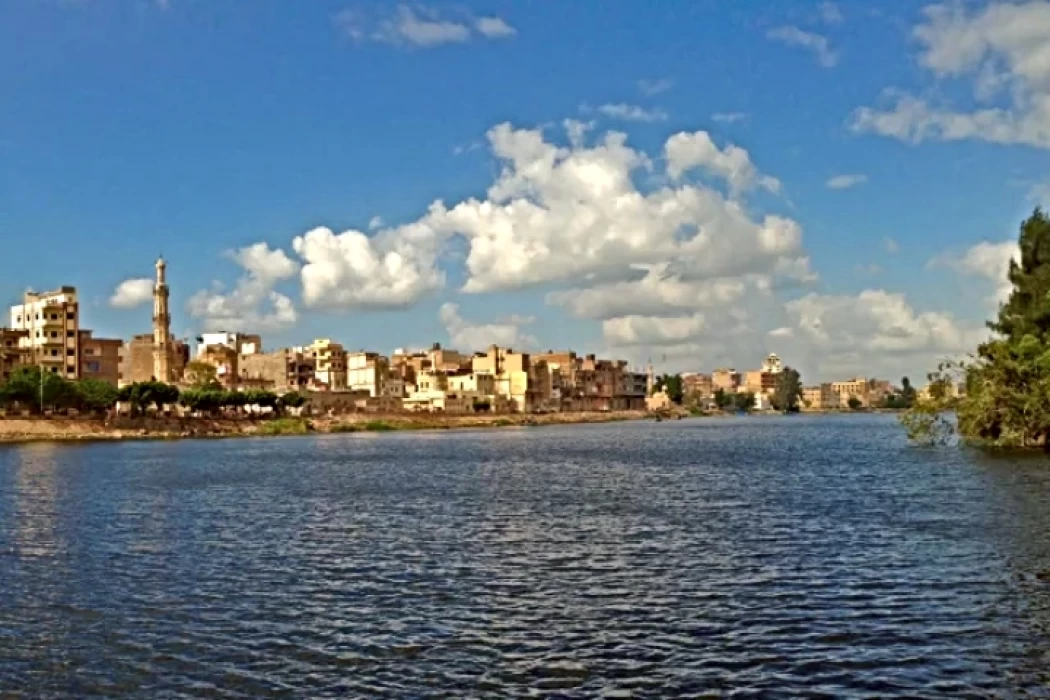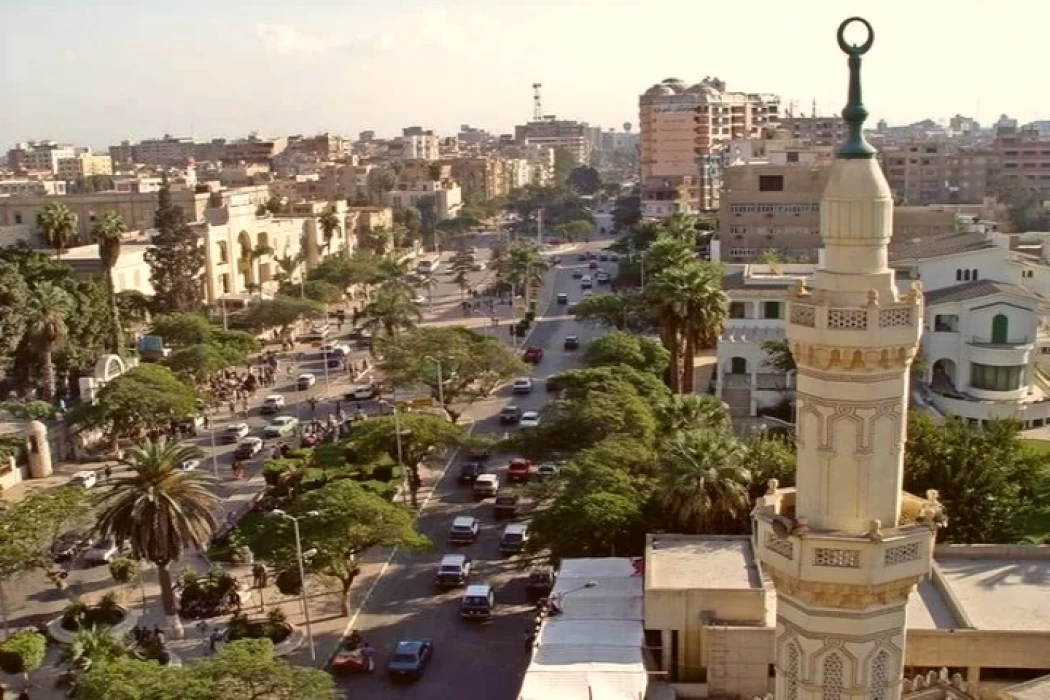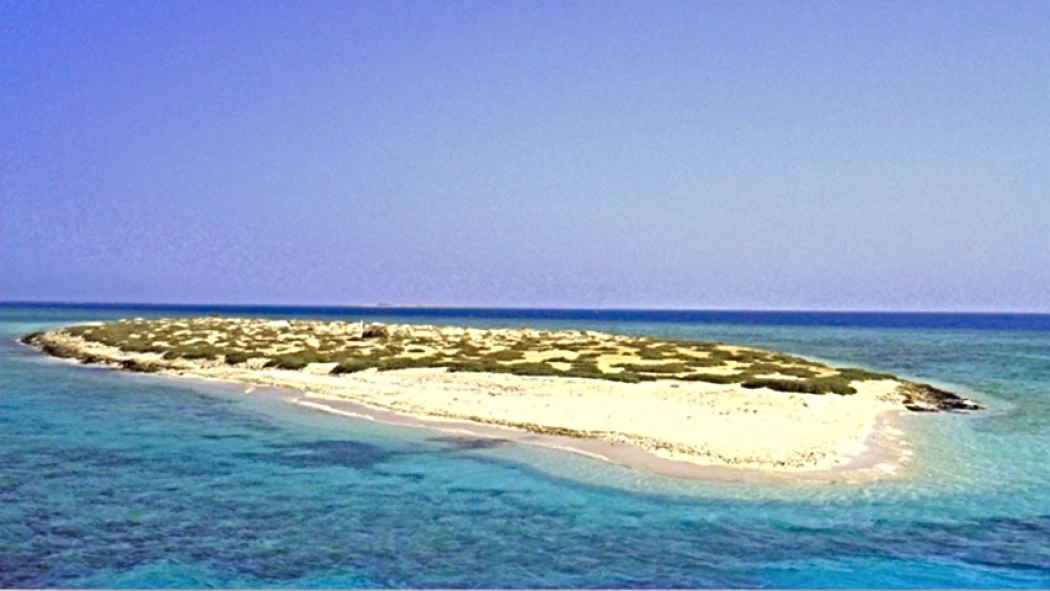Admin
Jordan is one of the Middle Eastern nations that most tourists find delightful, mostly due to its people's amazing hospitality. With modernity and tradition coexisting and a wealth of natural and man-made beauties, we hope this article will assist you in organizing a trip to this small but intriguing nation.
Admin
About Jordan History And Traditions
Jordan's rich history, influenced by Nabateans, Romans, and Ottomans, is reflected in its archaeological sites like Petra and Jerash. The country values hospitality, family, and community, with Bedouin culture playing a significant role. Festivals, music, and traditional dances showcase Jordan's cultural tapestry, while religious traditions, particularly Islamic practices, shape daily life and customs.
Admin
Entry requirements | Jordan Visa Information
Jordan provides various visa options for tourists and business visitors, with most nationalities obtaining a visa on arrival at major entry points. E-visas are also available for those who prefer to arrange travel documents in advance. However, specific requirements may apply for some countries. Jordan's rich cultural heritage and stunning landscapes, such as Petra, the Dead Sea, and Wadi Rum, make it an attractive destination for travelers.
Admin
Jordan's most popular cuisine
Jordanian cuisine is a blend of Middle Eastern flavors and ingredients, reflecting the country's rich cultural heritage. Popular dishes include mansaf, a lamb and rice dish with yogurt sauce, and mezze, small plates with hummus, baba ganoush, and tabbouleh. Street food like falafel and shawarma is also popular. Meals are often enjoyed communally, emphasizing hospitality and family.
Admin
Jordan Air Terminal, Queen Alia International Airport
Queen Alia International Airport (QAIA) is the main airport serving Amman, Jordan. Located about 30 kilometers from the city center, it serves as a hub for both international and domestic flights. The airport features a modern terminal with amenities for travelers, including shopping, dining, and lounges. QAIA plays a crucial role in connecting Jordan with various destinations worldwide, supporting both tourism and business travel.
Admin
King Hussein International Airport (AQJ)
King Hussein International Airport (AQJ) is located near Aqaba, Jordan, about 9 km north of the city. It serves as a key gateway for tourists heading to the Red Sea, Petra, and Wadi Rum. The airport has a single terminal and can accommodate around 1 million passengers annually, with various airlines offering both domestic and international flights. Opened in the 1970s, it features modern amenities like duty-free shops and restaurants, making it an important hub for tourism in the region.
Admin
Jordan's Aqaba Port
Aqaba Port is Jordan's only seaport, located on the Red Sea in the city of Aqaba. It serves as a vital commercial hub for trade and tourism, facilitating the import and export of goods. The port has facilities for container shipping, bulk cargo, and passenger ferries, connecting Jordan to various international destinations. Additionally, it plays a key role in supporting tourism in the region, providing access to nearby attractions like Petra and Wadi Rum.
Admin
Jordan's Religious and Ethnic Minorities
Jordan's diverse population, predominantly Sunni Muslim, includes Christian communities like Greek Orthodox, Roman Catholic, and Protestant, as well as ethnic minorities like Palestinians, Circassians, and Armenians. The country's government promotes tolerance and coexistence, allowing these communities to practice their faith and maintain their cultural identities, fostering a harmonious society amidst a complex regional landscape.
Admin
Tourism in Jordan - Transportation in Jordan
Jordan's transportation system is robust, connecting major cities like Amman, Aqaba, and Irbid. Public transportation options like buses and taxis are widely used. Queen Alia International Airport is the main international gateway, while Aqaba Port facilitates maritime trade and tourism. Despite limited rail services, plans are underway to improve and expand transportation infrastructure.

